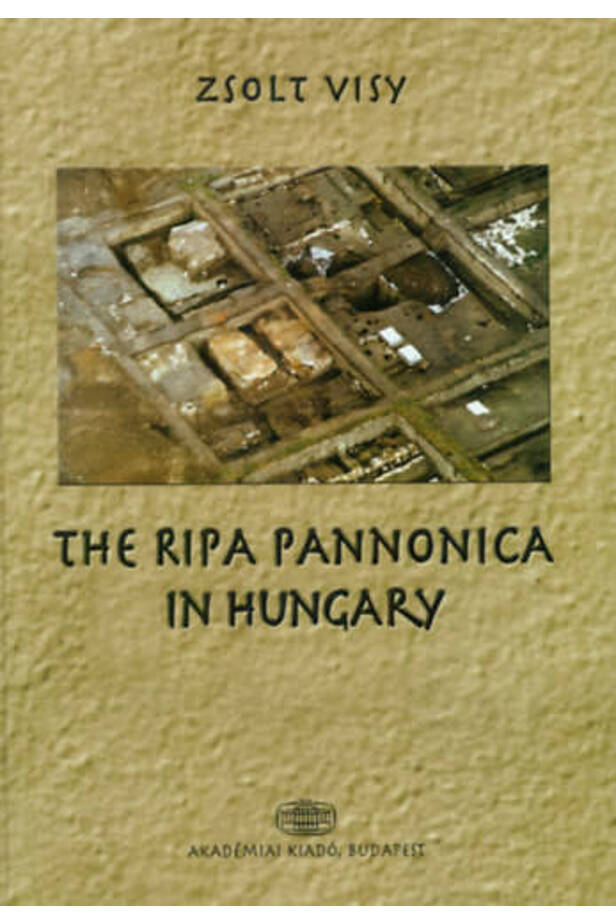The Ripa Pannonica in Hungary
Delivery time: 2 - 3 business days
Quantity:
HUF 2,690
Description
The Roman Empire was the largest and longest existing empire in the history of the world. Its frontier was extended as far as the Danube during the reign of Augustus. Transdanubia formed a significant part of the province of Pannonia. The Roman Army's deployment along the frontiers began at the end of the first century AD. Between this point in time and the Late Roman Period, ie, the fourth century AD, military units were only stationed along the province's frontier, the Danube River. Different names were applied to different types of frontier in the Roman Period. The constructed, artificial frontiers were called limes, a word whose meaning had changed several times before. Ripa was used to denote frontiers along the rivers. The term limes has been more prevalent in modern archaeological literature in most contexts, but because the entire Pannonian sector of the frontier was established along the Danube, it is more proper to call it a ripa. The frontier in Pannonia extended from the Vienna Basin as far as the mouth of the Save River. It is typical that the sites of three legionary bases along this section of the frontier became the capitals of three countries: Vindobona (Vienna), Aquincum (Budapest), and Singidunum (Belgrade) - although the latter belonged to the neighboring province of Moesia. Moreover, the fact that important centers evolved on or near the site of two further legionary fortresses Bratislava praises the ability of the Romans to select suitable locations: the role of Carnuntum at the mouth of the Morava River was taken over by Bratislava / Bratislava, which also became a capital, while the town of Komárom / Komárno established near the ruins of Brigetio became one of the most important military bases of the Austro-Hungarian Monarchy in the 19th century. The Pannonian frontier's sector is now located in Hungary endured several onslaughts and other hardships during its 400-year-long existence. Connected by a paved road, the chain of originally timber-built watchtowers and forts, which were later rebuilt in stone, served as the bases of the military units and defended the province against the attacking barbarians, thus enabling the civilian development of the region. As a result, the story does not end with the surrender of the province and the abandonment of the fortifications by the Romans, because their effect is still traceable in many cases and their ruins still attest to the greatness of the Roman Civilization.
| publisher | Academic Publisher |
|---|---|
| writer | Visy Zsolt |
| scope | 165 |
| volume unit | oldal |
| ISBN | 9789630579803 |
| year of publication | 2003 |
| binding | threaded, hardcover |

Sign up for our newsletter and be the first to know!
A Zamnia hírlevélre való feliratkozással megerősítem, hogy betöltöttem a 16. életévemet.


